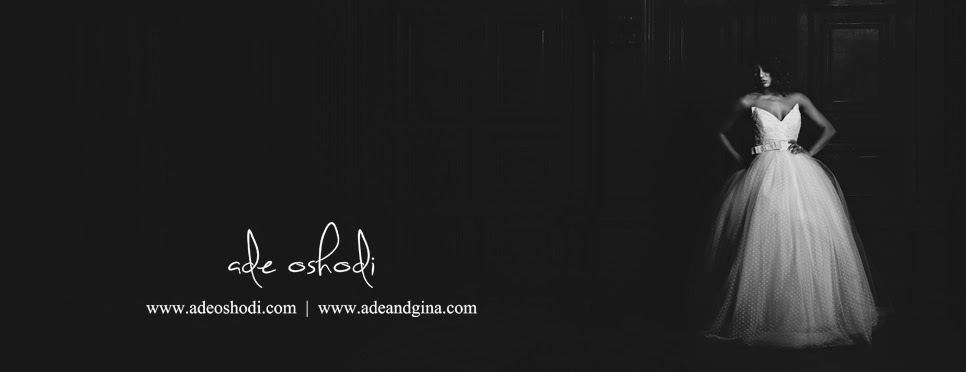 |
| "Paul" - Jean Baptise Pigalle (1760) |
wedding photographers,
tend to say "i am a photojournalist, i don't pose couples." that
tends to remind me of the statement: "i am a natural light
photographer" which typically means, "i don't know how to use
flash."
all the great wedding
photographers know how to pose as well as how to shoot photojournalistic looking
images. some may sell themselves as photojournalist; however, take a look at
their editorial work and you will see their posing mastery.
photojournalism is a
wonderful medium for capturing pictures at weddings; however, photographers
have been using the medium as an excuse for their laziness for not learning how
to pose. this is not a critique of photojournalism, this is a critique of
laziness and the refusal to learn basic rules of posing. i will continuously mention photojournalism through out this blog post because it is tyically used in contrast as to why photographers don't learn posing.
photography was
developed in part by observing classical sculptors and painters. who understood how to
pose the body so it can be most flattering to the eye. posing is a lost art
that photographers have forgotten or given up on. one of the reasons i believe this is so, is
because posing is a skill which takes a great deal of time to master. those who pose bodies, know that they must
pose the hands, spine, feet, eyes, fingers, chin, torso…all in one photograph, pretty much every part
of the body. i'll present a situation for you where i believe posing becomes
important:
“as a photographer, you are hired to photograph a small wedding, in the heart of wedding season, at a catering hall in new jersery. the setting has decent looking decor with dreadful mixed lighting we photographers all dislike. the bride’s parents are religiously conservative and do not speak much to the grooms family. the groom does not want to kiss the bride as much out of respect for the conservativeness of the family. [there isn't much going on] you have severe limited time at the catering hall, because as you know these places are wedding factories and there is a wedding immediately in the reception area where you are photographing. the maitre'd interrupts your meal to tell you "let’s go, is time to cut the cake." she also interrupts your family portrait session to tell you to speed it up. she then interrupts your bride and groom portrait session, to tell you to speed it up, again. the bride ask for a few more photographs as guests are hurried out the hall and one of the cleaners purposely bumps you as a way of telling you to get out the hall; all because they want to speed up the wedding you are photographing, so as to clean up in time for the next wedding, right there after. [delicious moments for you to photograph aren't happening] during the reception, few people are dancing or interacting. also the bride is a bit heavy set."
 |
| David - " Michealangelo" (1501-04) Image courtesy of wikipedia |
what would you do?
first thing, is to not complain and remember you are doing exactly what
you love!: my personal mantra. so here is what i did. i took the bride and groom away from their families, and took them outside, posed them so that the bride can looks most flattering, and
photographed them. [the result] bride: "i liked the ones [photographs] the most, when you took us outside." i presented that situation because i
wanted to show, that there wasn't much opportunity for photojournalistic
moments. additionally, knowing the basics of posing helps to make those who
don't have the type of bodies we see in the magazines to appear most flattering.
a wedding presents one million monkey wrenches, having every tool at your hand makes you better
equipped to handle those wrenches and posing is one of those tools.
so the next question is:
after i pose the couple, how do i not make it not look too "posey?"
stay tuned for part ii of this blog post.

